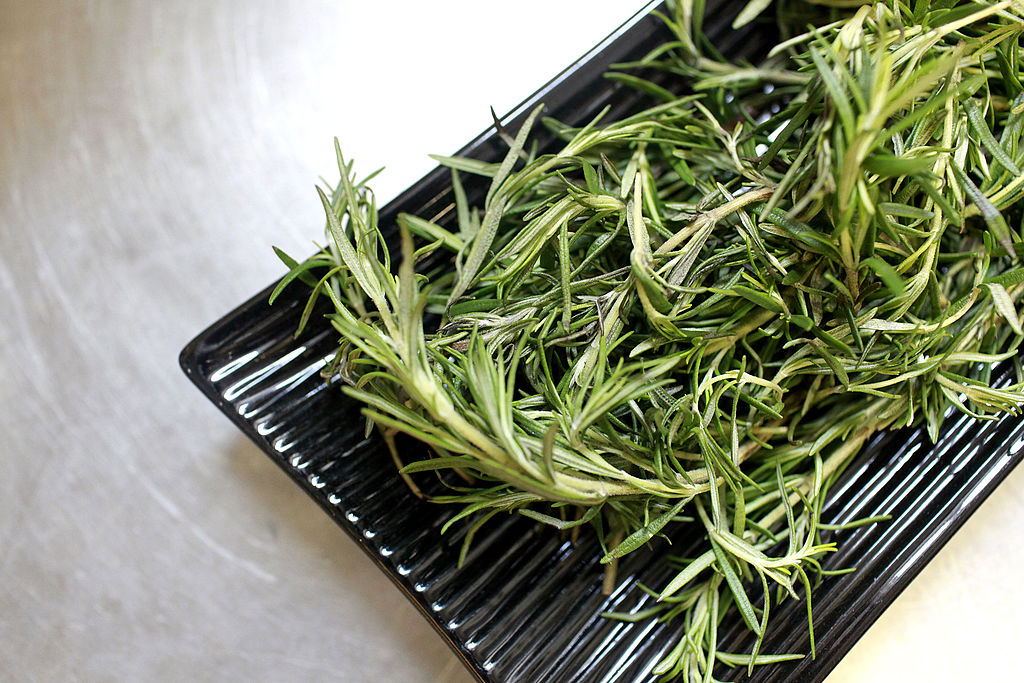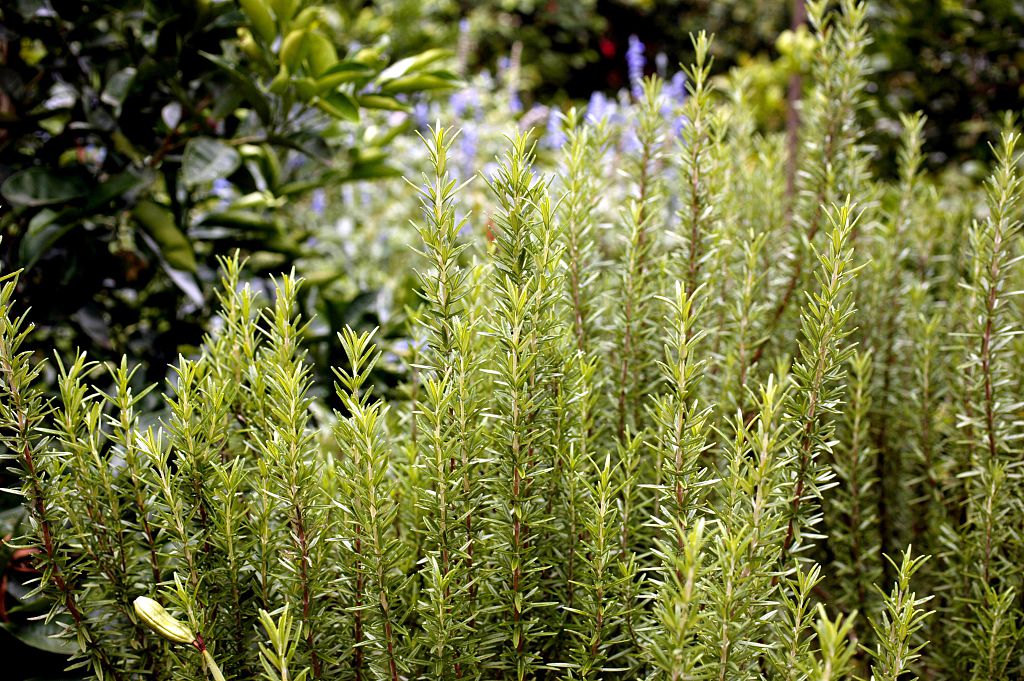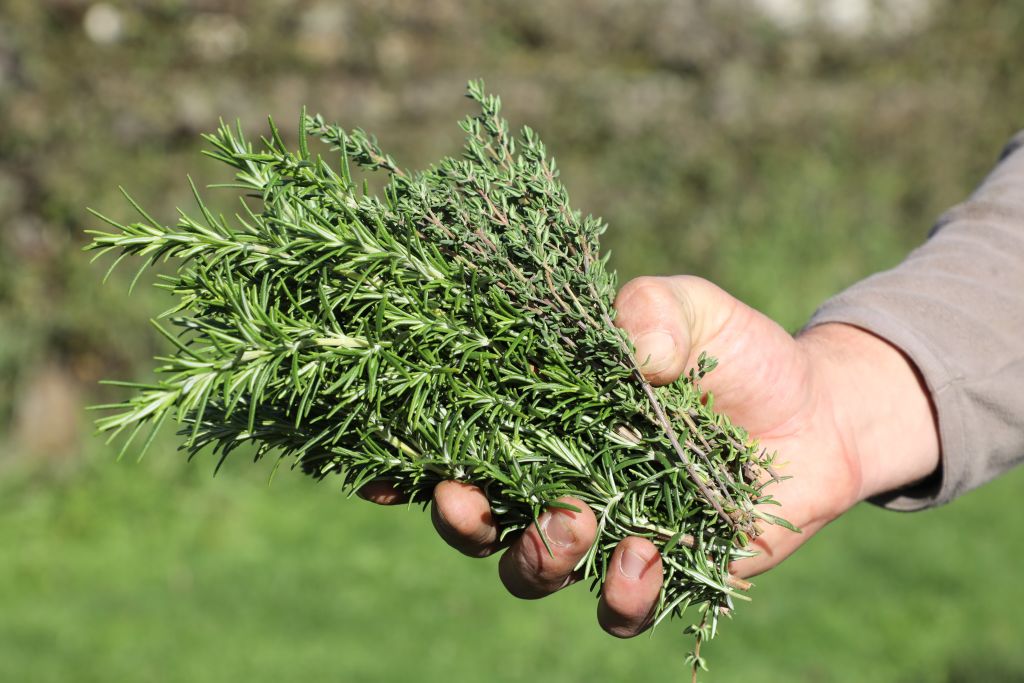How to grow rosemary: follow our step-by-step guide to growing this tasty herb
Learn how to grow rosemary for a ready supply of this aromatic herb – perfect for livening up your Sunday roast


Learn how to grow rosemary at home and you'll always have this aromatic herb to hand. It goes without saying that rosemary is perfect with roast lamb, but it's also a great addition to soups, casseroles, stews and even salads.
The simplest ways to grow rosemary are from pre-grown plants you can buy from garden centres or from fresh cuttings taken between May and July. You can also grow the herb from seeds if you don't mind waiting a while for them to grow.
Rosemary originates in the Med so it's happiest in sunny locations and well-drained soil. It can be grown successfully in containers that drain well and are filled with peat-free compost. Rosemary plants produce bee-friendly flowers during spring, so it's great for wildlife when grown outdoors, too.
Keep reading for our step-by-step guide to growing rosemary, from how long it'll take to grow, to the common problems and how to avoid them. And if you fancy learning how to grow an avocado or any other type of veg, you'll find plenty of advice in our dedicated grow your own hub.
How to grow rosemary from cuttings
1. Rosemary can be regrown from cuttings or even from the sprigs you can buy in the supermarket. Between May and August, cut off a stem that’s about 10-15cm long and remove most of the leaves – this helps to focus new growth on the roots, rather than leaves.
2. Use a sharp knife to cut the stem just below a leaf node, which is the point where a leaf was growing.
3. You can place the stems into a glass of water and wait for roots to form, or dip them into a hormone rooting powder, which will speed up the process.
4. Fill a circular pot with gritty compost and place rosemary cuttings around the edges, leaving at least an inch between them.
5. Water and then place into a plastic bag to keep in the moisture. If you have a cold frame or propagator, you can use those.
6. Gently remove the plants and soil from the pot after a couple of weeks. If each plant has a root system, you can then separate them out and place into individual pots filled with a loam-based compost.
7. Keep indoors or in a greenhouse and water regularly, moving into larger pots as and when needed. The plants will be ready to plant outdoors the following spring.
Want to try growing other useful herbs in your garden too? Head over to our guide on how to create a herb garden for expert tips.
Step-by-step guide to growing rosemary from seeds

Method:
1. Rosemary seeds take a long time to germinate so aim to start growing them in mid-winter.
2. Fill seed trays with a soilless potting mix, such as sand-based mix, vermiculite, pearlite, bark and peat. Sprinkle three seeds into each cell. Rosemary doesn't have a high germination rate so putting in three seeds increases your chances of success.
3. Sprinkle a thin layer of potting soil over the cells and mist with water until moist.
4. Cover your seed trays with plastic to keep moisture and warmth in, which will help the seeds to germinate faster.
5. Leave the plastic on – only removing to spritz the soil with water when it looks dry – until you see your seedlings pushing up through the soil, which can take up to 25 days.
6. Once your seedlings reach 7.5cm high, you can move into individual pots filled with a loam-based compost.
7. Keep indoors or in a greenhouse and water regularly, moving into larger pots as and when needed. The plants will be ready to plant outdoors the in late May.
The best places to buy rosemary seeds online
- Thompson & Morgan rosemary seeds
- Dobies rosemary seeds
- Suttons rosemary seeds
- Waitrose Garden rosemary seeds
When is rosemary ready to pick?

Rosemary is an evergreen, so is perfect for providing year-round interest to your garden. It can be picked whenever you need it, although fresh leaves can also be dried and stored. Use scissors to snip off the amount you need – simple!
Varieties of rosemary to grow
- McConnell’s Blue – blue flowers, grows well in pots
- Sudbury Blue – highly scented foliage and blue flowers
- Benenden Blue – dark blue flowers and fine needles
Common problems when growing rosemary
According to the RHS, rosemary beetles are a common problem when growing rosemary. These tiny beetles have metallic green and purple stripes and will strip stems of their leaves. Make sure you check your plants regularly and pick off any beetles by hand.
Rosemary loves sunny conditions so make sure you protect it with a double layer of horticultural fleece if frost is forecast to prevent your plant becoming distorted or dying. There's more advice on how to protect plants from frost in our feature.
More grow your own ideas:
- How to grow garlic: get a plentiful supply with our advice
- The best herbs to grow in your garden: try these in your space
- How to grow carrots: it's easy with our guide
Laura has been writing about homes and gardens for 17 years. She joined Real Homes magazine in 2015 as Deputy Editor and then become Editor before taking on her current position as Content Director for brands including Country Homes & Interiors, 25 Beautiful Homes, Period Living and Style at Home. She's currently redesigning the garden of her 1960s home in Worcestershire and will eventually reinstate the swimming pool that's currently filled with mud! Outside of homes, she's a TV presenter for QVC.
